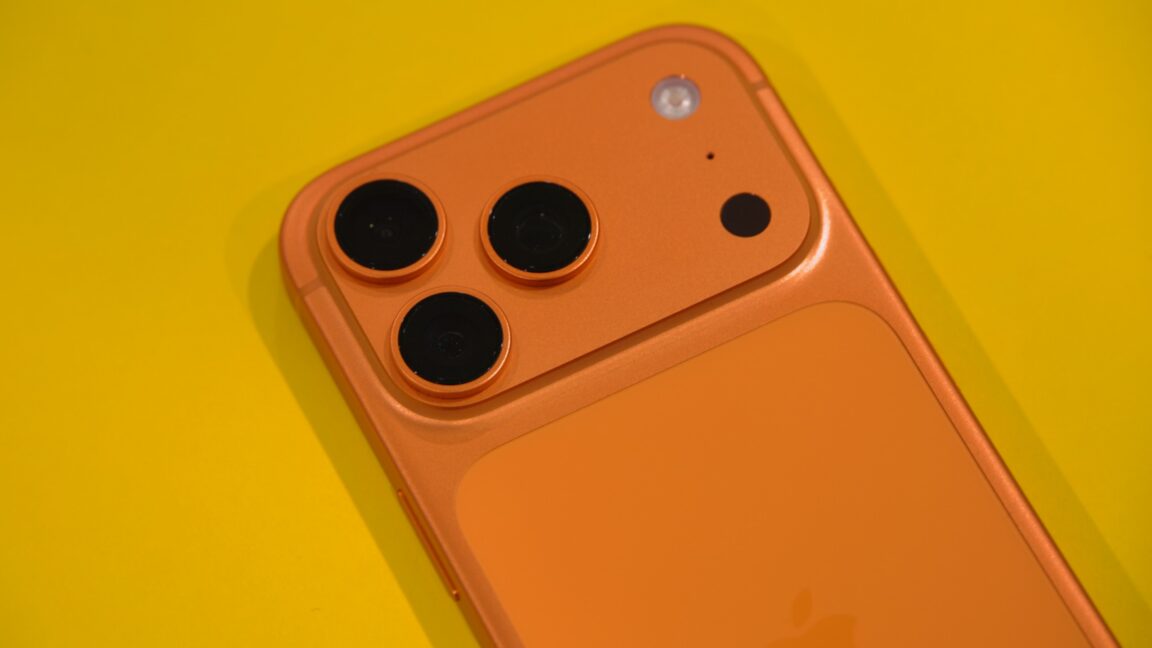| IN A NUTSHELL |
|
Apple’s recent iPhone models have sparked widespread discussion, especially regarding the charging capabilities of the iPhone Air. With ChargerLAB testing various Apple chargers, the iPhone Air’s USB-C charging speed has emerged as a focal point of interest. The device reached a peak charging speed of around 18W to 19W, which is notably slower than the iPhone 17 and iPhone 17 Pro Max. While some may see this as a disadvantage, others argue that slower charging can be beneficial for long-term battery health. This article delves into the implications of these findings and their significance in the broader context of mobile technology.
Comparing Charging Capabilities Across iPhone Models
The iPhone Air’s charging capabilities have been put to the test, with results indicating a peak speed of 18W to 19W. In comparison, the iPhone 17 achieves a peak of 27W to 28W, while the iPhone 17 Pro Max reaches about 36W. These differences highlight Apple’s strategic approach to device differentiation within their product lineup. Faster charging speeds are a hallmark of the premium models, aligning with customer expectations for quicker accessibility and performance. However, the iPhone Air’s slower charging speed may not necessarily be a drawback.
Historically, Apple has emphasized the balance between charging speed and battery longevity. By limiting the iPhone Air’s peak charging rate, the device generates less heat, which can lead to prolonged battery life. This approach caters to users prioritizing sustainable device performance over rapid charging. As consumers become more environmentally conscious, the longevity of electronic devices is becoming a critical factor in purchasing decisions.
Apple’s Strategic Product Differentiation
Apple’s strategy of varying features across its product range is not new, but it is becoming increasingly nuanced. By offering different charging capabilities, the company provides customers with options tailored to their specific needs and budgets. The iPhone Air, with its moderate charging speed, is positioned as an ideal choice for users who do not require the premium features of the Pro models.
In addition to charging speeds, Apple’s product differentiation strategy includes various other aspects such as camera capabilities, display quality, and processing power. Each model targets a distinct segment of the market, allowing Apple to capture a broader audience.
Apple’s ability to segment the market effectively is a testament to its understanding of consumer preferences and market trends.
This strategic approach not only maximizes market penetration but also reinforces brand loyalty among diverse consumer groups.
Balancing Innovation With Sustainability
As the tech industry grapples with sustainability concerns, Apple’s charging strategy may reflect a broader commitment to environmental responsibility. While faster charging is convenient, it often results in increased heat production and potential battery degradation. Apple’s decision to limit the iPhone Air’s charging speed could be seen as a move toward more sustainable product design.
The long-term health of a device’s battery has significant implications for electronic waste. Devices with longer lifespans contribute less to the growing issue of e-waste, a concern that is gaining traction among consumers and regulators alike. By adopting practices that enhance battery lifespan, Apple is potentially reducing the environmental footprint of its products. This approach aligns with the increasing demand for corporations to adopt sustainable practices and reflects a shift toward more responsible technology development.
The Future of Apple’s Product Releases
Looking ahead, Apple is expected to continue refining its product lineup, with rumors of additional releases before year’s end. The company’s October events have been unpredictable, with some years featuring significant announcements and others passing quietly. This year, speculation abounds regarding potential new products, including updates to the MacBook Pro and possibly an all-new operating system.
Apple’s ongoing innovation, as illustrated by their development of the “Charismatic” operating system and advancements in smart home technology, suggests a continued focus on integrating technology into everyday life. These developments, coupled with strategic product differentiation, position Apple as a leader in both innovation and sustainability. The anticipation surrounding future releases highlights consumer interest and the company’s pivotal role in shaping the technology landscape.
As the technology landscape continues to evolve, Apple’s strategic decisions regarding product features, sustainability, and innovation will play a crucial role in shaping consumer expectations and industry standards. With the ongoing conversation about charging speeds, battery health, and environmental impact, one wonders how other tech giants will respond. Will they follow Apple’s lead in balancing performance with sustainability, or pursue different strategies to capture market share?
This article is based on verified sources and supported by editorial technologies.
Did you like it? 4.5/5 (26)
Source link

